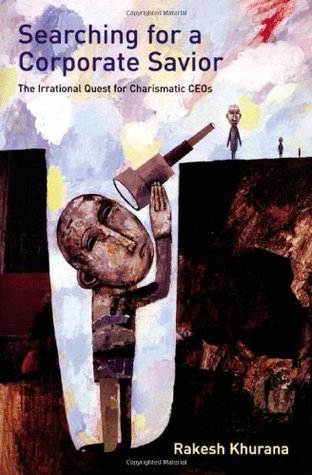What do you think?
Rate this book


320 pages, Paperback
First published January 1, 2002
- incumbents’ personal incentive to present themselves as irreplaceable;
- impulsive hiring authority (i.e. corporate board or cabinet), weakened by dissent among membership,
- unfamiliarity with the role in necessary detail, or limited mandate to pre-plan;
- denial about succession as a perennial and inevitable HRM function, assuming it an exceptional and thus ad hoc process, so that little institutional memory links iterations;
- secretiveness and poor transparency – often from oversensitivity to losing candidates and dissenting observers leading to – with even less institutional memory linking iterations.
Why doesn’t starting with behavioral competencies work in selecting executives? …First, as we move up the hierarchy, we go from jobs in which behavior and results are tightly coupled to jobs where there is a very loose coupling between behavior and results. In lower level jobs, there often is a ‘‘right way’’ to do the job… At the top, however, and in complex organizations, we cannot ‘‘specify how to effectively enact that role.” (Hollenbeck, 2009)
Symmetry – solutions seem to fit the problems;
Metaphor – it sounds right;
Ambiguity – something in it for everyone;
Suspensions of disbelief – appeals to a higher cause
Selectivity – consider the favourable examples
Private interest presented as public good;
“(T)he appointment indicates that the Government wants a more tangible result from the millions it spends annually on the ministry and its international posts… In Mr. Allen, according to one insider, the SSC has found a unique individual for a unique position, a man who instinctively understands that trade policy succeeds only when it and a country's political leadership are aligned.” (Dominion Post, 2009)